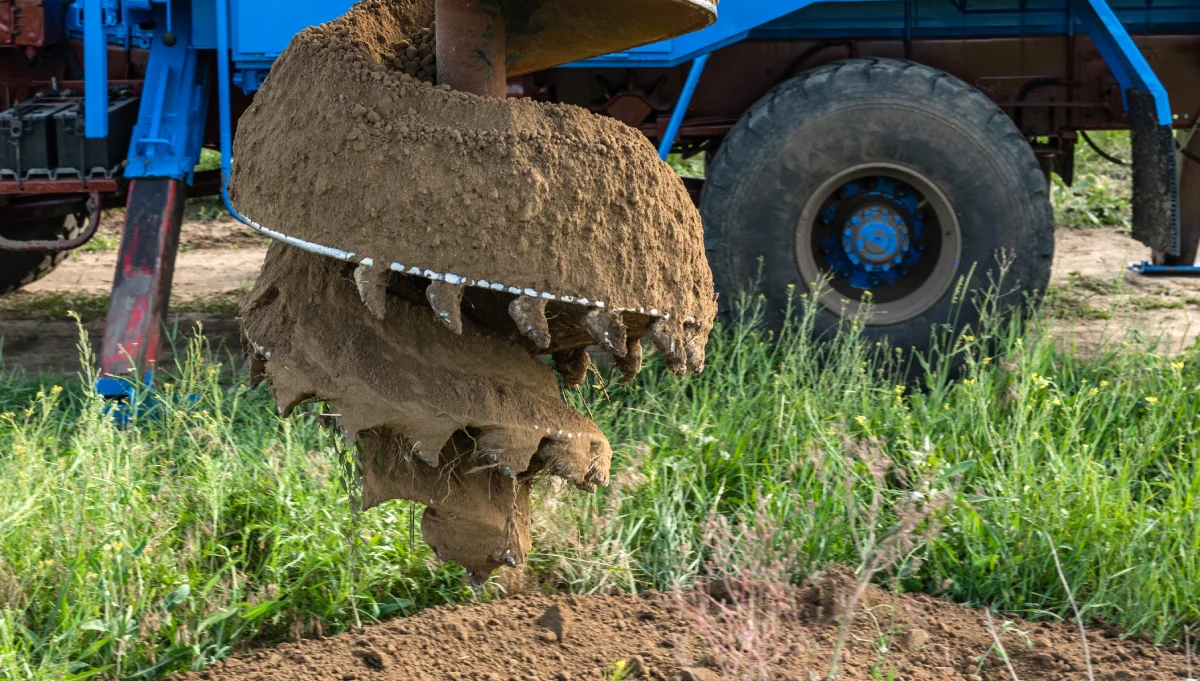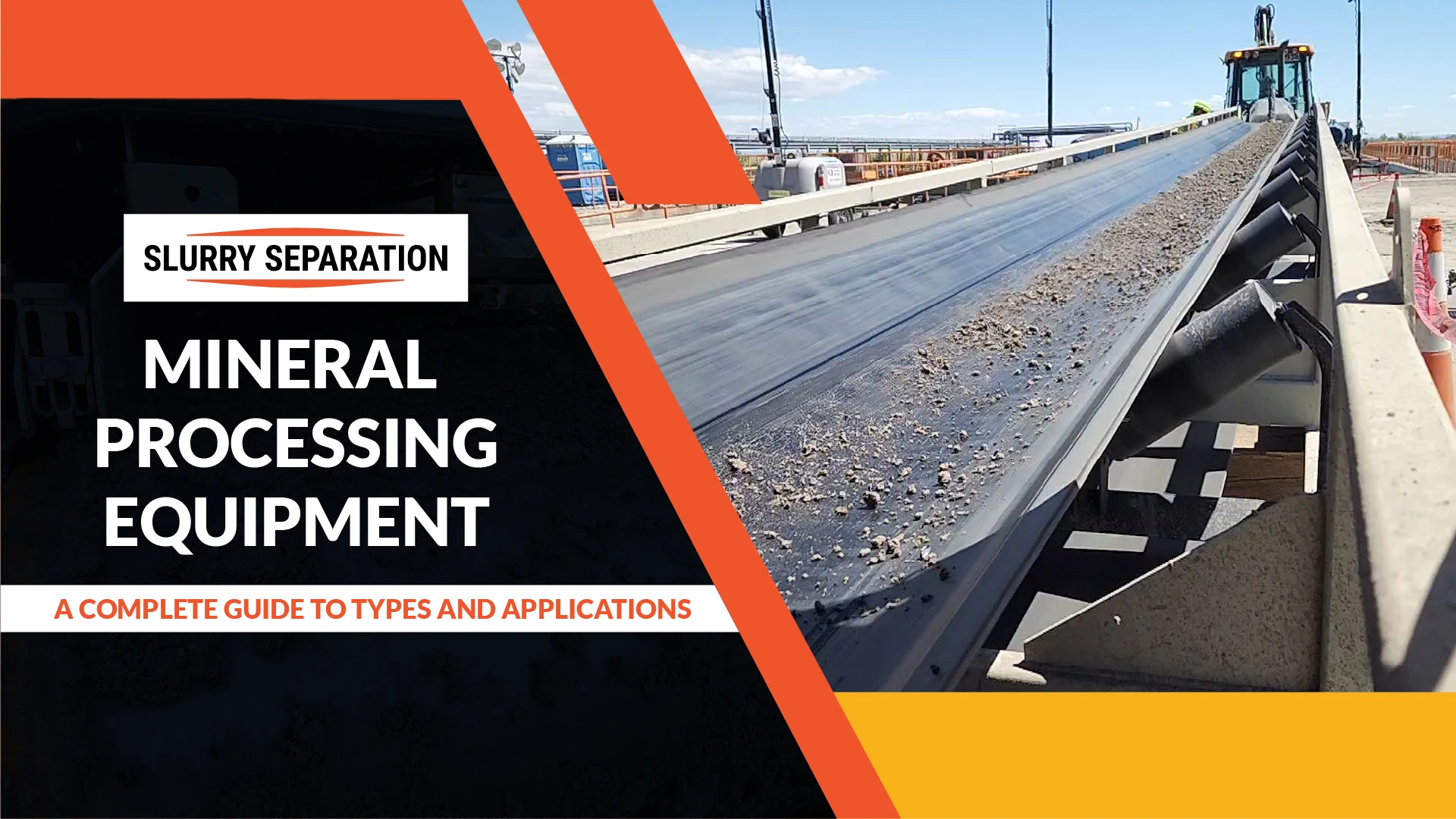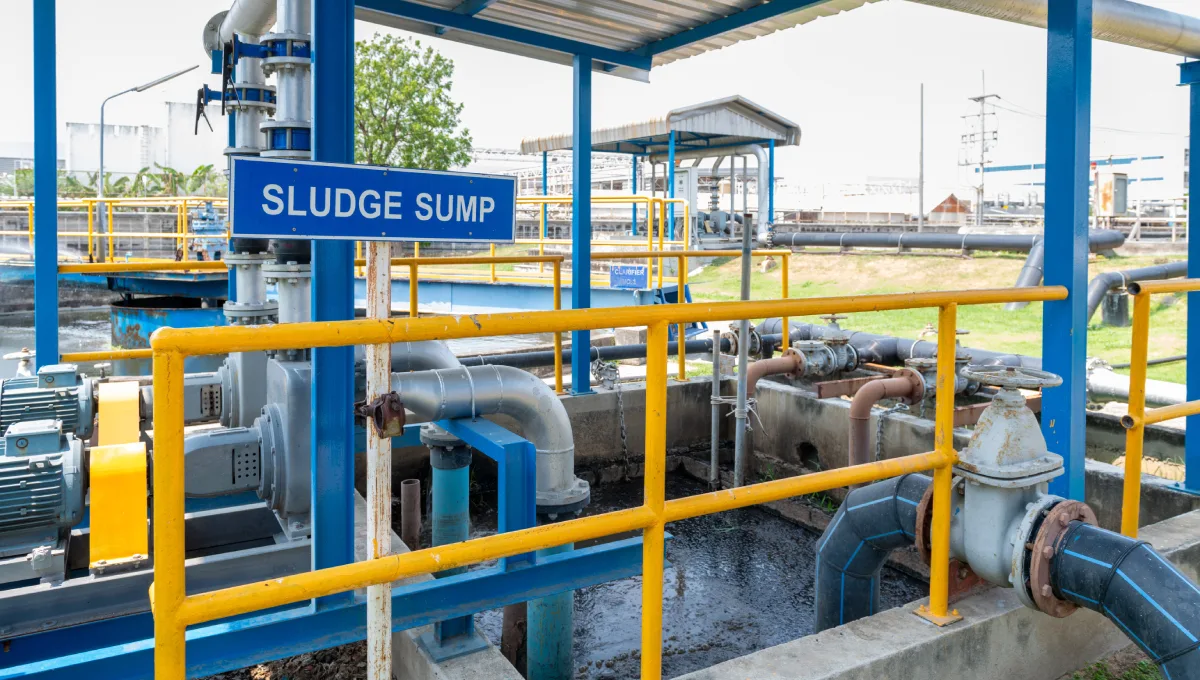Dewatering operations play a critical role in various industries, including mining, construction, wastewater treatment, and environmental remediation, by separating water from solids and facilitating the disposal or reuse of dewatered materials. Slurry separators, also known as “Shale Shakers,” traditionally associated with solids control in oil and gas drilling, are increasingly used in dewatering applications due to their efficient solids separation capabilities and versatility. This article explores how slurry separators are used effectively in dewatering jobs to improve efficiency, reduce costs, and optimize the solids management processes.
Initial Solids Separation
In dewatering operations, slurry separators are employed as the first stage of solids separation, where they receive slurry or sludge containing a mixture of solids and water. The separator’s vibrating screen deck effectively removes coarse particles and debris from the incoming feed, ensuring that only fine solids and water pass through for further processing. By pre-screening the feed material, slurry separators like the S-Force 1000 help prevent equipment clogging and enhance the efficiency of downstream dewatering equipment, such as centrifuges, filter presses, or drying beds.
Particle Size Classification
Slurry separators play a crucial role in particle size classification during dewatering operations, allowing for the separation of solids based on their size and geometry. The mesh size of the slurry separator screens can be selected to match the desired particle size distribution of the dewatered product. Coarser screens remove larger particles, while finer screens capture smaller particles and fines. By controlling the size distribution of the dewatered solids, shale shakers help optimize the performance of subsequent dewatering equipment and improve the quality of the final dewatered product.
Efficient Solids Removal
The high-capacity processing capabilities of slurry separators enable efficient solids removal from the dewatered material, reducing moisture content and improving solids concentration. As the slurry passes through the vibrating screens, solids are separated and conveyed to the discharge end of the separator, while water drains through the screens and is collected for recycling or disposal. Slurry separators effectively dewater the solids, facilitating the recovery of valuable resources and minimizing the volume of waste requiring disposal, thereby reducing disposal costs and environmental impact.
Flexibility and Adaptability
Slurry separators offer flexibility and adaptability in dewatering applications, allowing for customization of operational parameters to meet specific dewatering requirements. Operators can adjust vibration intensity, frequency, and screen angle, often on the fly, to optimize solids control efficiency and maximize dewatering performance. Additionally, slurry separators can be equipped with different screen configurations, including flat, pyramid, or hook-strip screens, to accommodate varying feed materials and processing conditions. This versatility enables shale shakers to effectively handle a wide range of dewatering jobs, from industrial wastewater treatment to sludge dewatering in municipal sewage plants.
Reduced Footprint and Footprint
Compared to traditional dewatering equipment such as filter presses or centrifuges, slurry separators offer a compact footprint and simplified operation, making them ideal for space-constrained or remote dewatering sites. The modular design of slurry separators allows for easy integration into existing dewatering systems or portable skid-mounted units for rapid deployment in temporary dewatering applications. By minimizing equipment footprint and setup time, slurry separators contribute to cost savings, operational efficiency, and flexibility in managing dewatering projects of varying scales and complexities. They simply make the process a whole lot easier.
Environmental Compliance
In addition to improving dewatering efficiency and reducing operating costs, slurry separators help ensure environmental compliance by minimizing the discharge of solids and contaminants into the environment. By effectively removing solids from the dewatered material, slurry separators reduce the risk of pollution and contamination of water resources, soils, and ecosystems. Furthermore, the dewatered solids produced by these separators are often less hazardous and easier to handle, facilitating safe disposal or beneficial reuse in various industrial or agricultural applications.
Slurry Separators: Key To Successful Dewatering
Slurry separators play a vital role in dewatering operations by providing efficient solids separation, particle size classification, and solids removal capabilities. Their versatility, adaptability, and compact footprint make them valuable tools for improving dewatering efficiency, reducing costs, and ensuring environmental compliance in a wide range of industries and applications. By incorporating slurry separators into dewatering processes, operators can optimize solids management, enhance resource recovery, and achieve sustainable dewatering solutions tailored to their specific needs and objectives.




